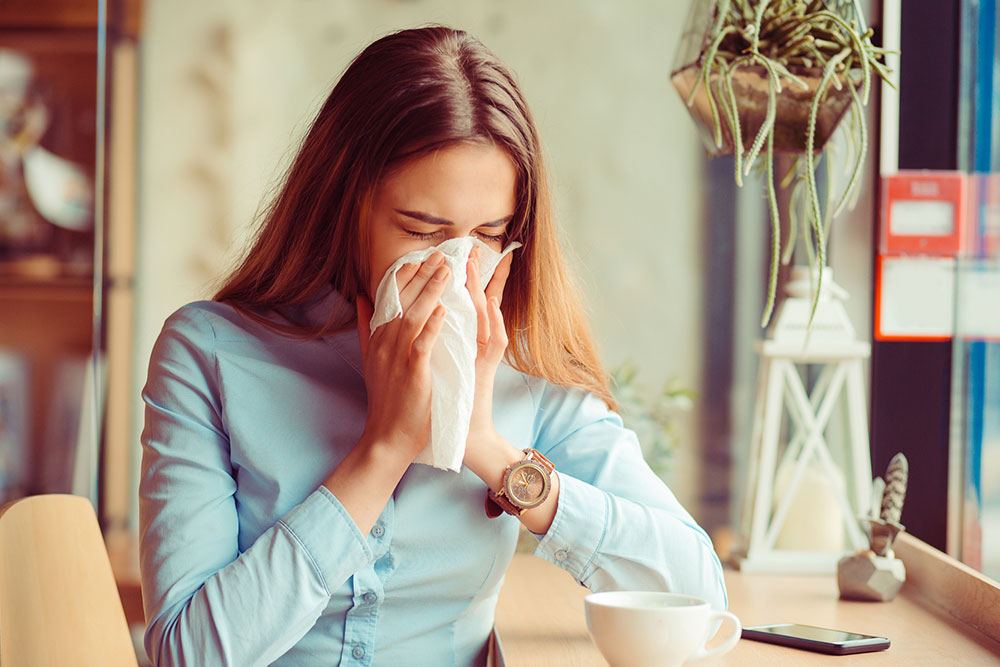In-Depth Strategies for Allergies: Prevention, Treatment, and Management
This detailed article explores the causes of allergies, modern treatments including antihistamines and immunotherapy, and practical tips for prevention and management. It emphasizes effective strategies like avoiding allergens, using new medications, and understanding emergency response to anaphylaxis. Suitable for allergy sufferers seeking long-term relief, the guide aims to empower patients and improve their quality of life through proven treatments and preventive measures.

In-Depth Strategies for Allergies: Prevention, Treatment, and Management
Understanding Allergy Management: Key Information You Need to Know
Allergies are a common health condition that results from an overactive immune system reacting excessively to substances that are typically harmless to most people. These substances, known as allergens, include pollen, dust mites, pet dander, certain foods, chemicals, and other environmental factors. The immune system perceives these allergens as threats and launches a defensive response, releasing chemicals such as histamine into the bloodstream. This process leads to symptoms like sneezing, runny nose, itchy eyes, swelling, skin rashes, and in some cases, severe reactions like difficulty breathing. In extreme circumstances, allergic reactions can escalate into anaphylaxis — a life-threatening emergency that demands immediate medical intervention.
How Do Allergic Reactions Occur and How Are They Suppressed?
Traditional allergy treatments primarily involve antihistamines — medications designed to block histamine from binding to its receptors on cells, thereby alleviating symptoms such as itching, swelling, and runny nose. These drugs have been the cornerstone of allergy therapy for decades.
While effective, antihistamines can cause side effects including fatigue, dry mouth, blurred vision, and constipation. Elderly patients and individuals with certain health conditions should exercise caution and consult healthcare providers before use.
Advancements in pharmacology have introduced second-generation antihistamines, which are less sedating and have a longer duration of action. These newer medications target multiple allergy symptoms with fewer side effects, enhancing patient comfort and compliance.
Emerging Treatment Modalities
Recent research emphasizes preventative strategies rather than solely reactive treatments. The goal is to minimize the occurrence of allergic reactions before they manifest.
Identifying and avoiding specific allergens — especially seasonal pollen, mold spores, or pet allergens — is critical. Environmental control measures, such as using air purifiers, regular cleaning, and allergy-proof bedding, can significantly reduce exposure.
For insect sting allergies, carrying an epinephrine auto-injector (EpiPen) and knowing how to use it properly is vital. Wearing protective clothing and avoiding known insect habitats are additional preventive steps outdoors.
Immunotherapy: The Long-Term Solution
Immunotherapy aims to retrain the immune system to become less reactive to allergens. This is achieved through controlled exposure to small amounts of the allergen, which gradually builds tolerance.
Diagnosis involves skin testing, where small amounts of suspected allergens are applied to the skin. A localized reaction, such as swelling or redness, indicates sensitivity.
Based on these results, allergists administer allergy shots (injections) on a regular schedule, starting with low doses and gradually increasing over months or years. This process helps desensitize the immune system, reducing the severity of allergic responses over time.
Sublingual immunotherapy (SLIT), involving daily tablets or drops placed under the tongue, offers an alternative to injections. It is particularly effective for hay fever and seasonal allergies, providing a convenient option for long-term management.
Recognizing and Managing Anaphylaxis
Anaphylaxis is a rapid, severe allergic reaction marked by widespread chemical release, leading to shock, difficulty breathing, swelling of the throat and mouth, flushed or pale skin, and a sudden drop in blood pressure. It can be fatal if not treated promptly.
Immediate administration of epinephrine is the first-line treatment. Epinephrine injections should be carried at all times by individuals with known severe allergies and used immediately upon noticing early signs of anaphylaxis.
Followed by urgent medical care, such as calling emergency services or visiting the emergency room. Patients should be monitored for recurrent symptoms and may require additional treatments like antihistamines and corticosteroids.
Additional Allergy Treatments
Corticosteroids are potent anti-inflammatory agents used in more severe allergic reactions or chronic allergy management to reduce airway inflammation and skin rashes.
Mast cell stabilizers, including cromolyn sodium, prevent the release of inflammatory chemicals from mast cells when taken regularly, helping to prevent allergy symptoms.
Leukotriene receptor antagonists, such as montelukast, block substances involved in allergic inflammation, providing relief from nasal congestion and other allergic symptoms.
This comprehensive guide outlines crucial strategies for understanding, preventing, and managing allergies effectively. With the right combination of medication, lifestyle modifications, and immunotherapy, individuals can significantly improve their quality of life and reduce the risk of severe reactions.




